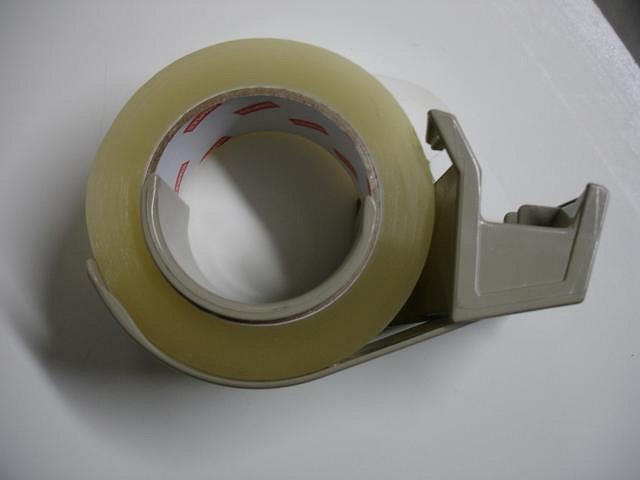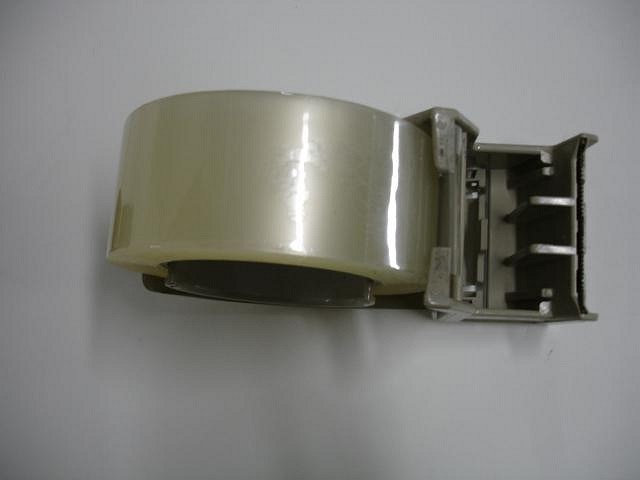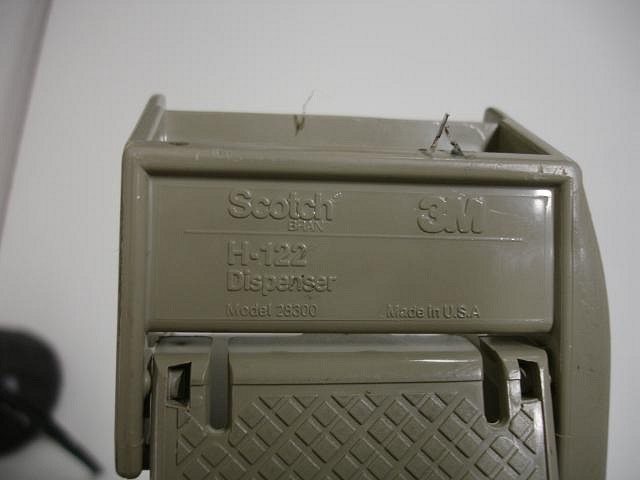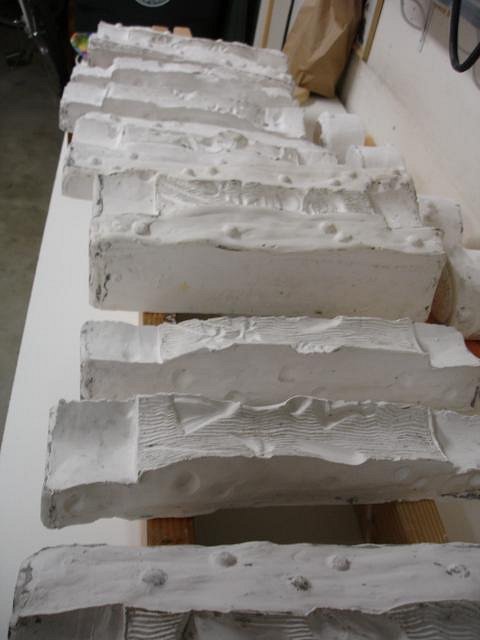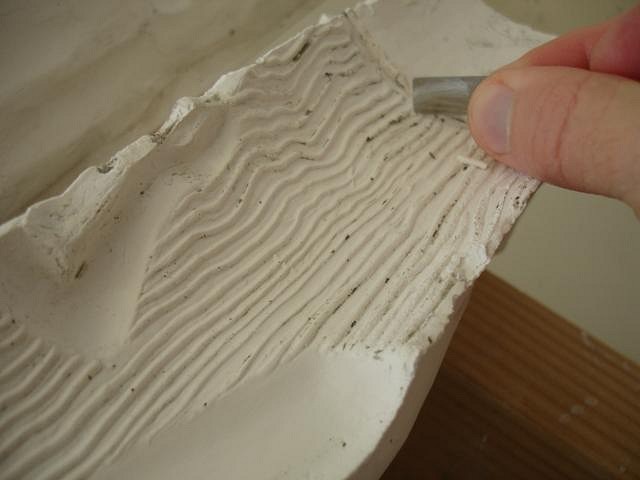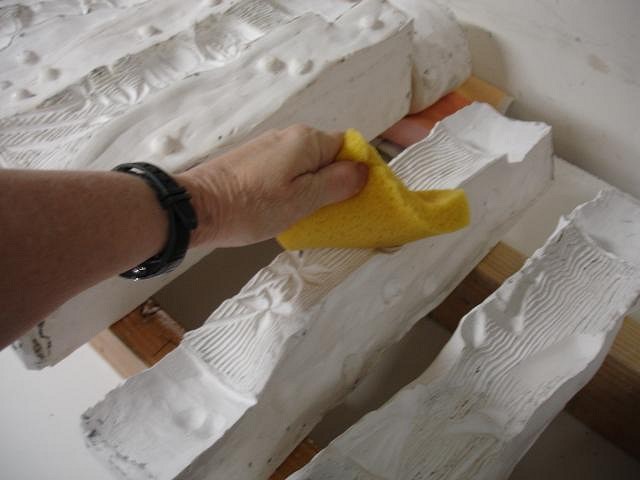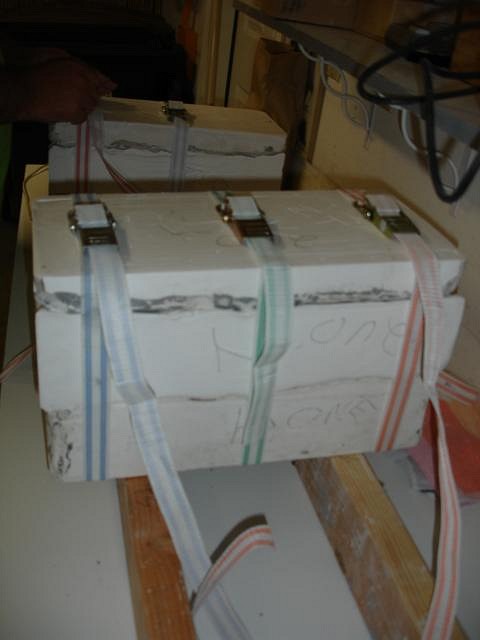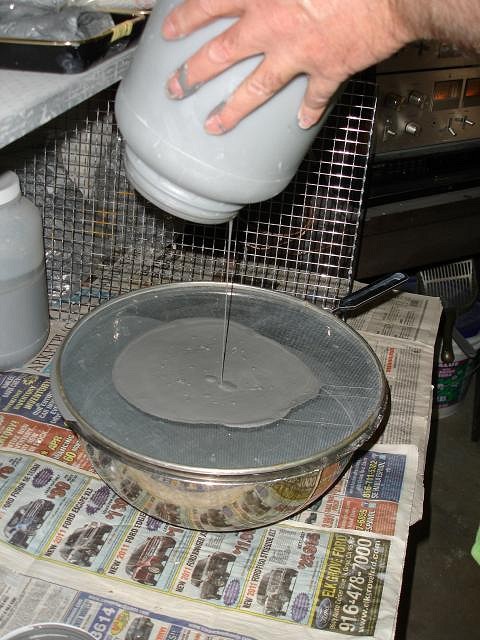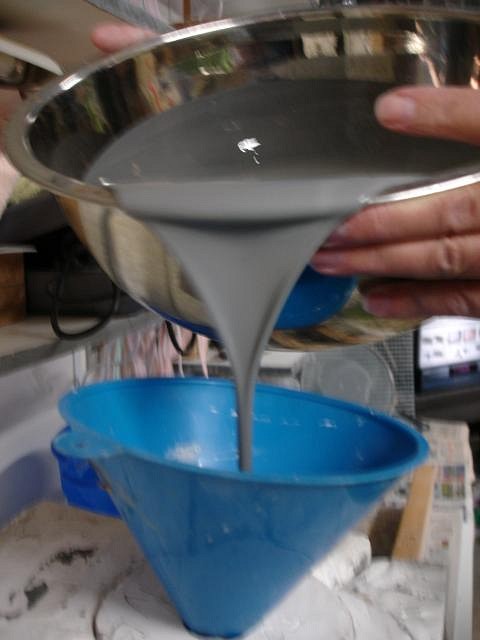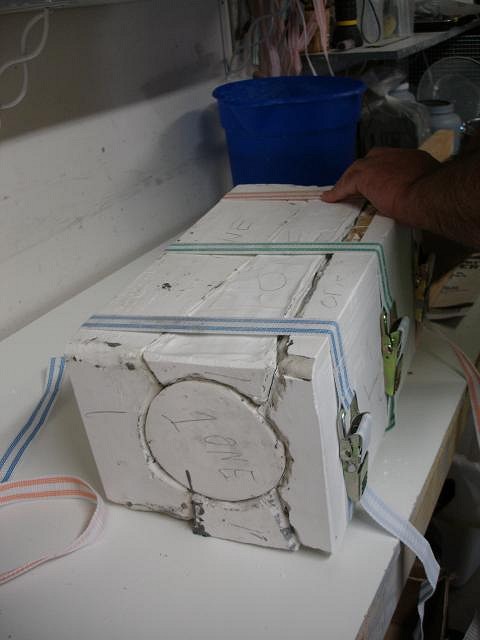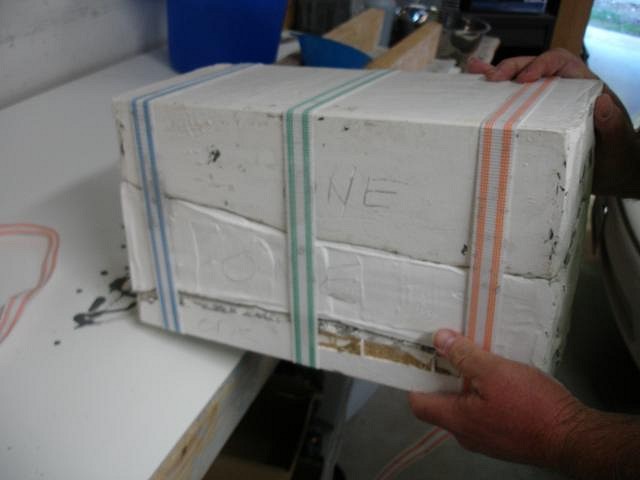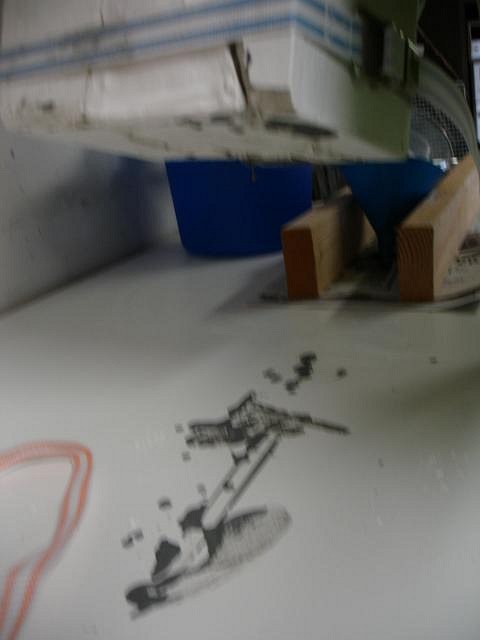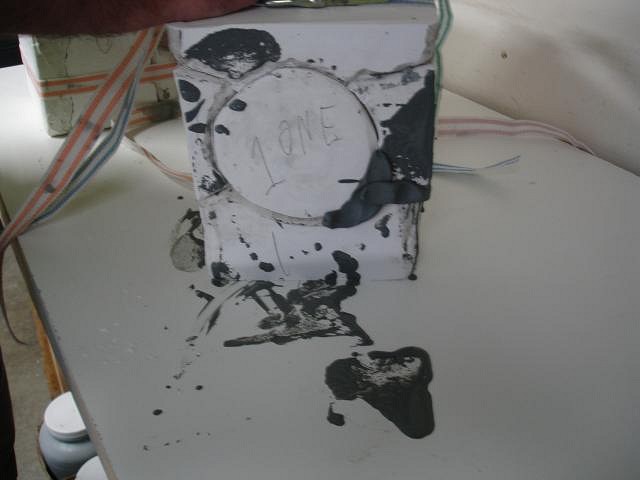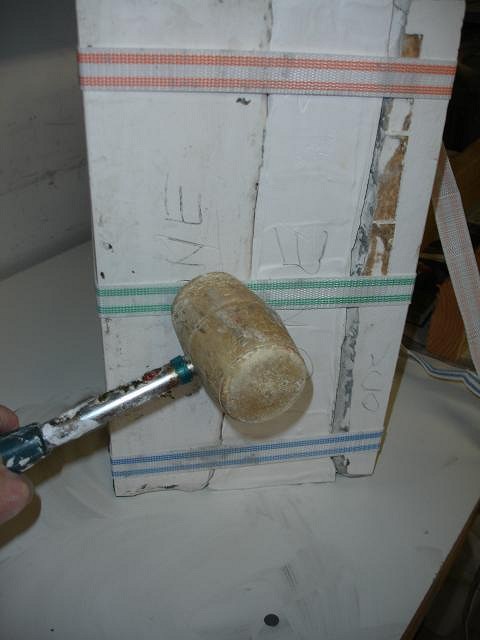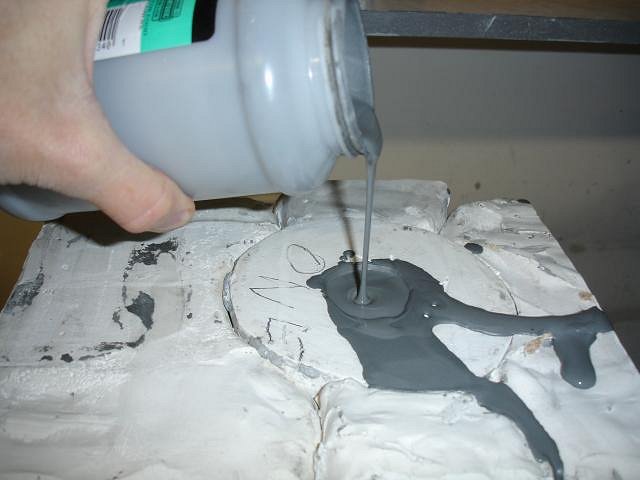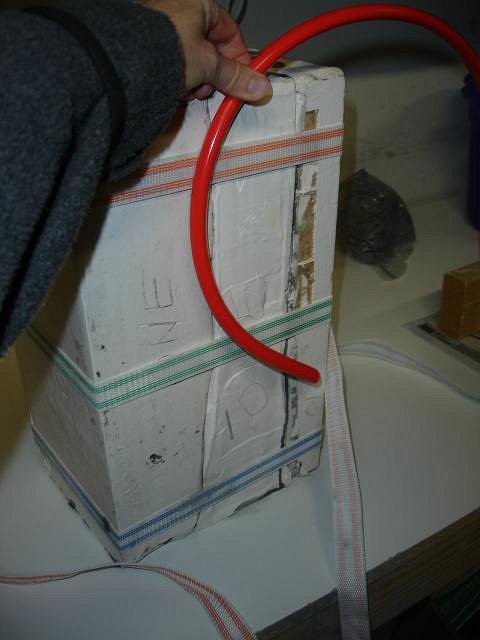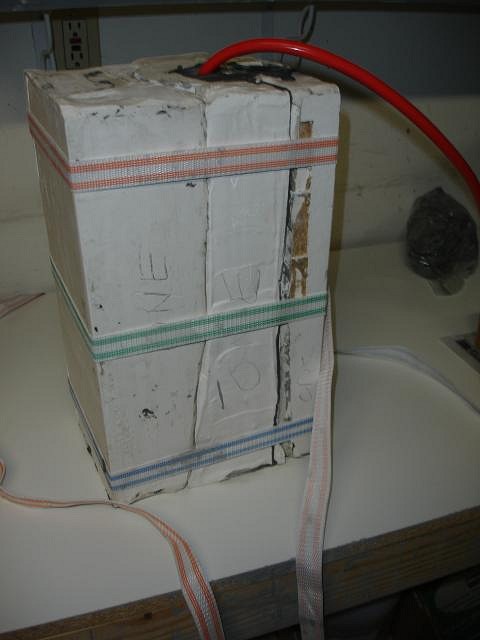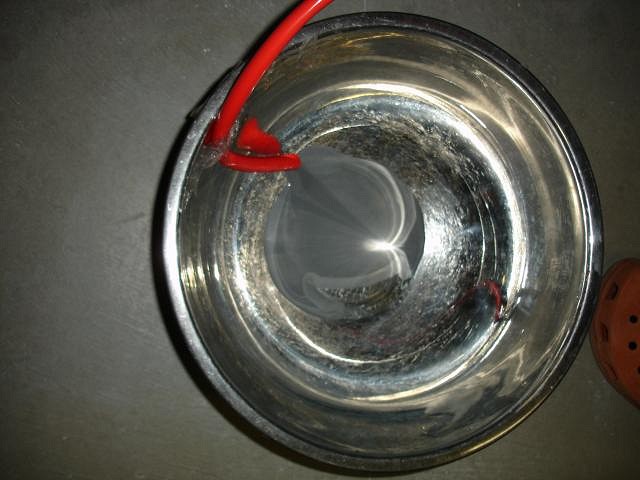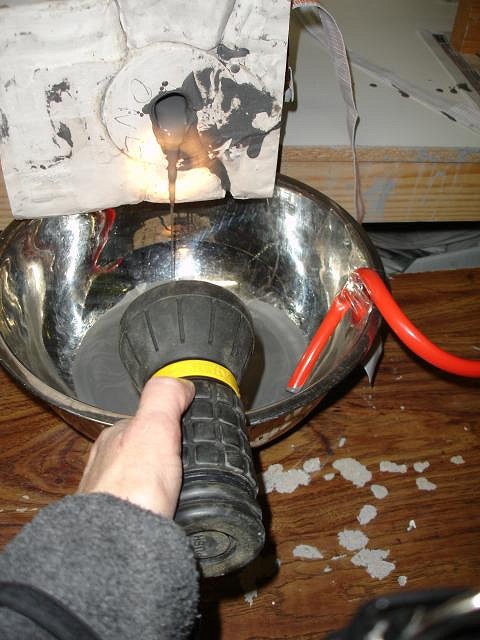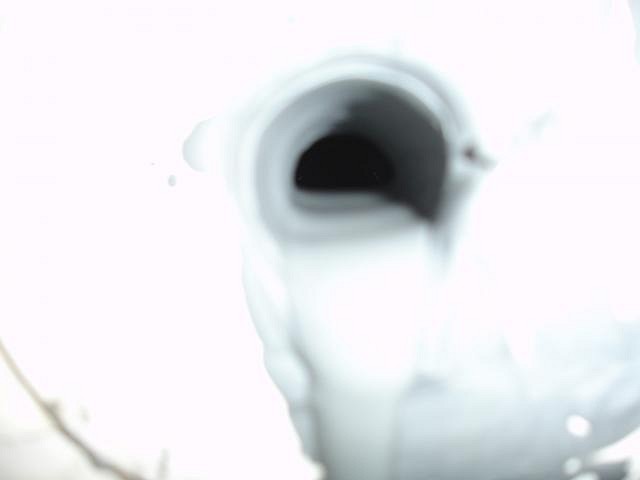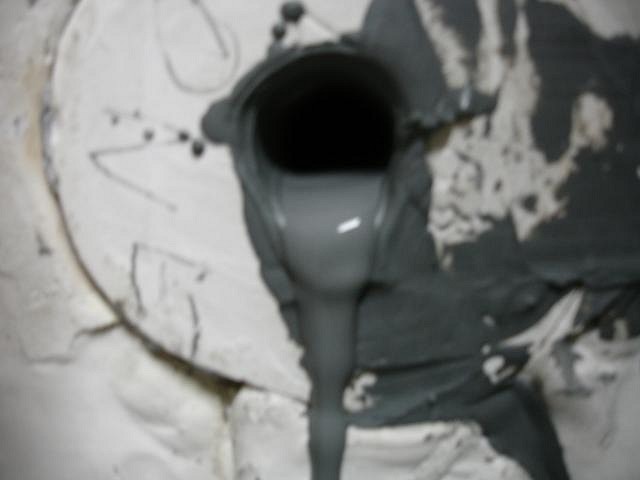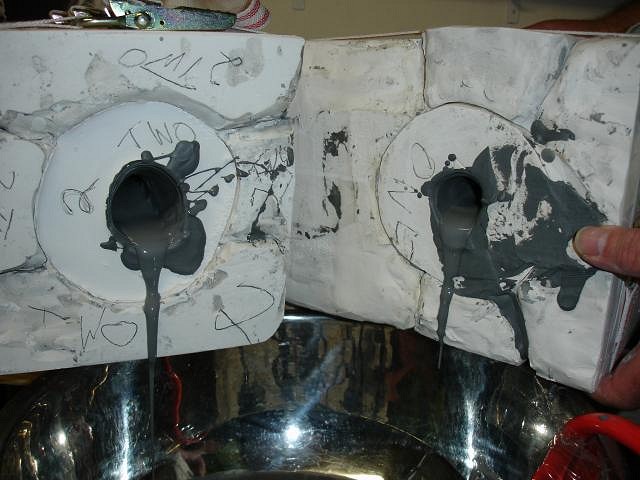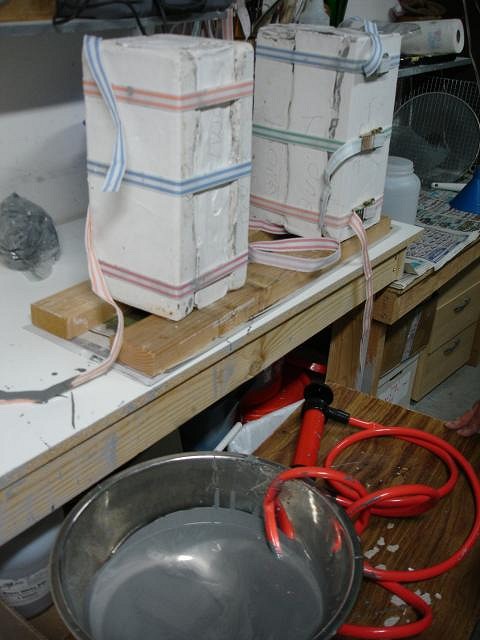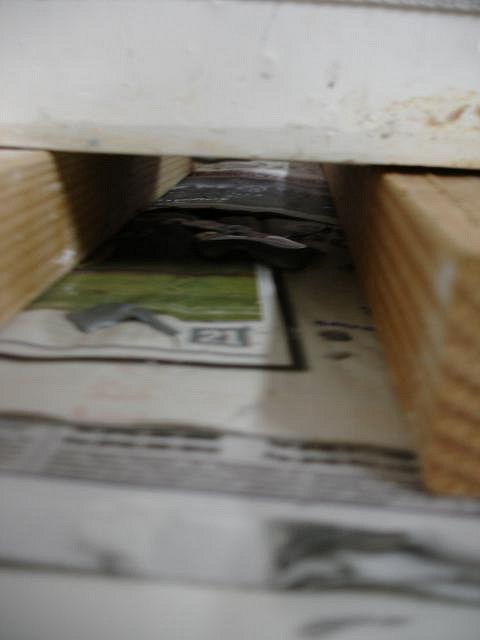Tiki Central / Other Crafts / Wendy Cevola - The last steps on my newest wished for painting.
Post #620896 by danlovestikis on Sat, Jan 14, 2012 8:31 AM
|
D
danlovestikis
Posted
posted
on
Sat, Jan 14, 2012 8:31 AM
bavtech that's how just ask, I've added your name, thank you The first two mugs have been poured and here are all my step by steps with helpful hints. Tomorrow I should have photos of the outcome. Sold by ULINE this is the best tape dispenser I've ever found. I've tried those one handed metal versions from Staples and ended up swearing a lot. I just treated myself to one to keep with my mold equipment. I will be using it soon, photos to come. Finally dry it was time to get started. Then I remembered the most important step. The molds are new and still covered with mold soap. There are also a few defects that can also be removed prior to pouring. Now it is time to remove the slip and the opening is way too small to pour it out. On my last project I figured out that a gas siphon would work well with clay. We pump out the slip until most is gone but not all. We don't want to have the tube attach to the soft clay bottom. While I watch with a flash light Dan starts to lower the mold toward the bowl. This is my book for today. Please ignore any gramatical errors its time to go to work. Cheers, Wendy |

